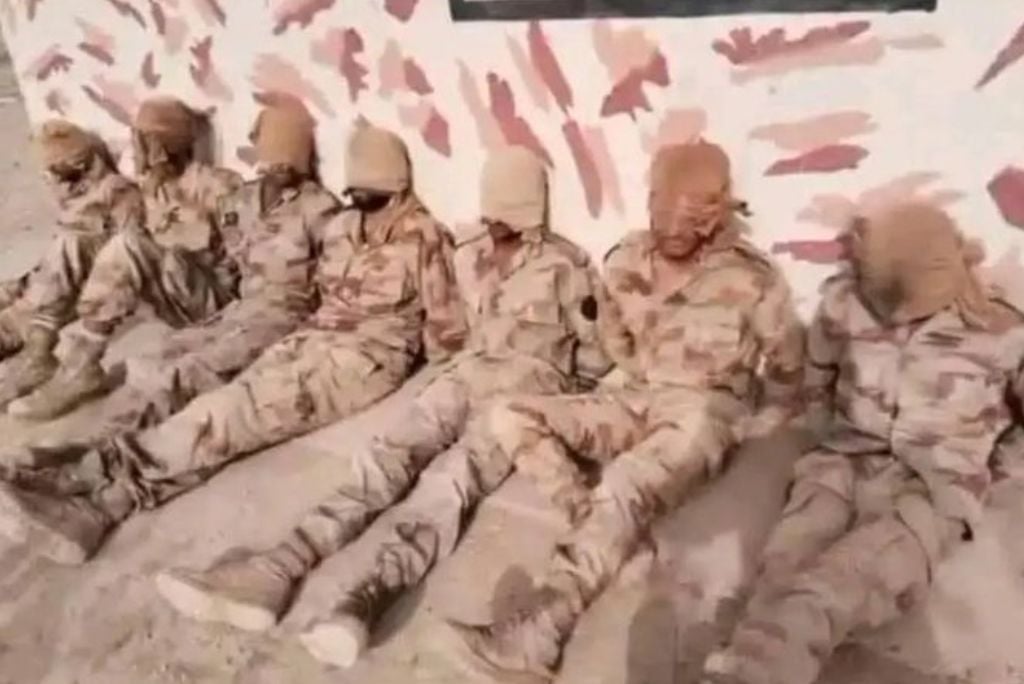On October 12, 2025, the border between Afghanistan and Pakistan became a battlefield. The Taliban, from Kabul, claimed responsibility for the deaths of 58 Pakistani soldiers in overnight retaliatory operations. These actions were in response to alleged airstrikes by Islamabad on Afghan territory the previous Thursday.
The Taliban government spokesperson, Zabihullah Mujahid, detailed in a press conference that Afghan forces captured 25 Pakistani military posts. He also reported 30 enemy soldiers wounded and the seizure of weapons and ammunition. «Up to nine of our mujahideen have been martyred and 18 wounded,» Mujahid specified.
From Islamabad, the Pakistani Army contradicted the figures. It admitted 23 of its own casualties and 29 wounded. In contrast, it claimed to have neutralized over 200 Taliban and allied fighters, including members of the Tehreek-e-Taliban Pakistan (TTP).
Pakistani security sources described the Afghan attacks as «unprovoked» and highlighted the destruction of terrorist camps.
The clashes spread across multiple points along the 2,600 kilometers of the controversial Durand Line. This border, drawn by the British in 1893, divides Pashtun ethnic groups and has never been recognized by Kabul. Provinces such as Khost, Kandahar, Paktika, and Kurram were epicenters of the violence.
The immediate trigger was Thursday, October 9. Explosions echoed in Kabul and a market in Paktika, in eastern Afghanistan and the Taliban blamed Pakistan for violating their airspace sovereignty. Islamabad did not confirm the strikes, but Pakistani security sources linked them to operations against militant hideouts.
The Afghan Ministry of Defense described its counterattacks as «successful and retaliatory.» They ended at midnight on Saturday, thanks to mediation by Qatar and Saudi Arabia. However, intermittent gunfire persisted in Kurram, according to local residents.
As an immediate response, Pakistan closed all border crossings. Torkham and Chaman, vital trade routes, were sealed.
Thousands of Afghan refugees, stranded in Chaman, loaded belongings onto trucks. The measure halted the flow of goods worth millions of dollars daily.
Pakistani Prime Minister Shehbaz Sharif promised a «strong and effective response.» «There will be no compromises in Pakistan’s defense,» he declared.
Foreign Minister Ishaq Dar emphasized on X that their forces avoid civilian casualties, unlike the Taliban.
On the other side, the Taliban Foreign Minister, Amir Khan Muttaqi, spoke during a visit to India, «We seek peace, but if it fails, we have other means,» he warned, accusing Pakistan of ignoring the Islamic State’s presence on its soil and defending Afghanistan’s right to protect its airspace.
This crisis did not emerge out of nowhere. Since the Taliban’s takeover in August 2021, bilateral relations have deteriorated.
Pakistan, which supported the fundamentalists against the USSR and the U.S., now accuses them of harboring the TTP. This group, ideologically linked to the Taliban, has intensified attacks in Pakistan.
The Center for Research and Security Studies (CRSS), based in Islamabad, reported 2,414 deaths from violence in the first nine months of 2025.
The city of Khyber Pakhtunkhwa, bordering Afghanistan, accounts for 71% of the fatalities. If this pace continues, this year could be the deadliest in a decade.
Experts fear a spiral. The Armed Conflict Location & Event Data Project (ACLED) recorded over 600 TTP attacks in 2025, the highest in ten years. A larger clash could involve India, Pakistan’s nuclear rival, or destabilize Central Asia.
How many more lives will be sacrificed in this vicious cycle of accusations and reprisals? Pakistan, with its nuclear arsenal and unstable alliances, is paying the price for decades of fostering extremism that is now turning against it.
About The Author
Read the full article here
